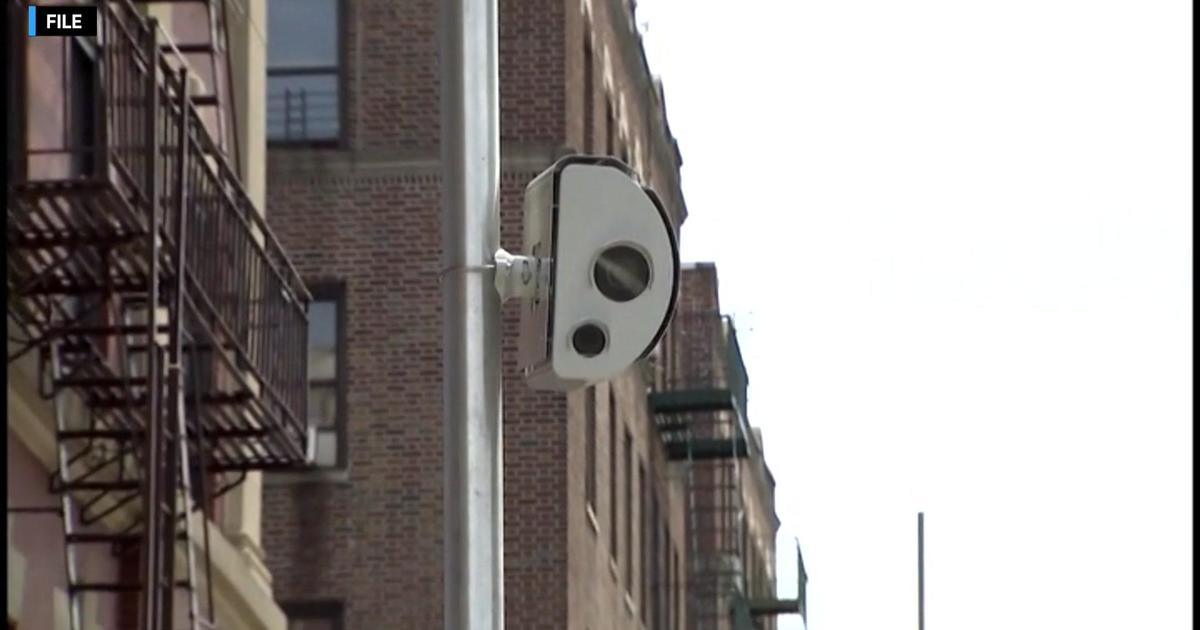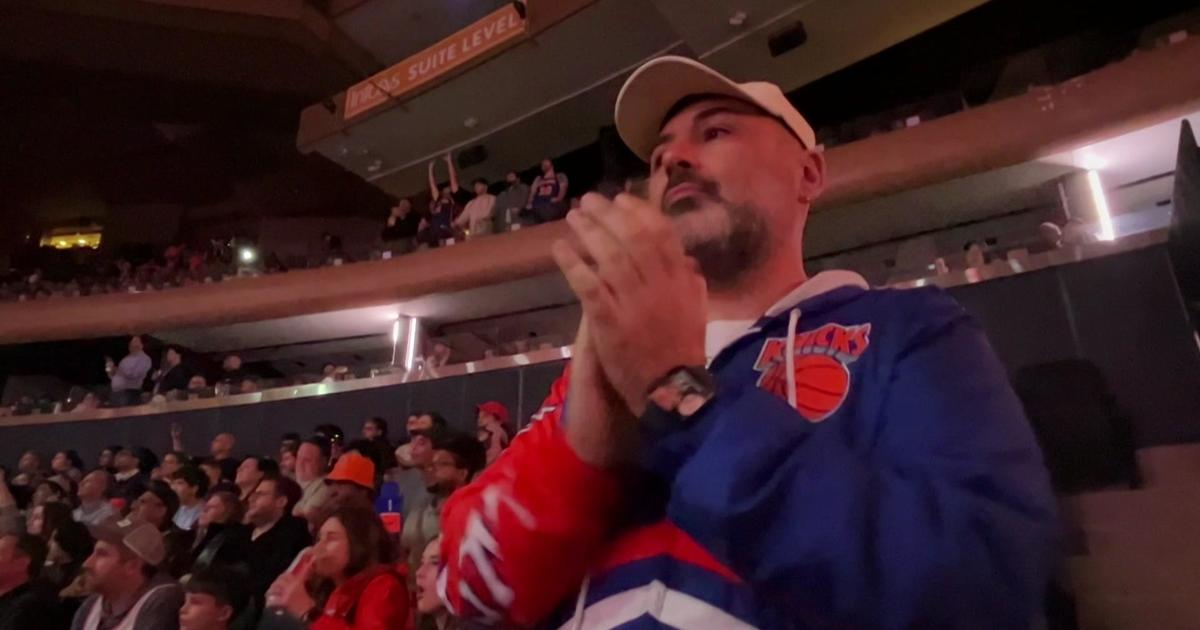Botox Approved To Treat Muscle Spasms In Children With Cerebral Palsy
NEW YORK (CBSNewYork) - When you hear the word "Botox," you probably think of a cosmetic procedure to reduce wrinkles.
You may be surprised to know that Botox has some very serious medical uses, too.
In fact, the first FDA approval for Botox was to treat muscle spasms of the eyelids. That was 30 years ago. Since then, Botox has been approved for 13 indications, including wrinkles.
The latest is to treat children with spastic muscles, usually from cerebral palsy.
Using her arm is no small feat for 14-year-old Dina Frank. Her upper limb movements were assessed during a friendly game of Uno at Columbia University Medical Center with her doctor Heak Yung Kim.
Dina has cerebral palsy as a result of a brain bleed after being born prematurely. Her range of motion is encouraging for doctor and patient, and it's due in part to Dina's treatment with Botox, recently approved by the FDA for treatment in pediatric patients for arm muscle spasticity.
"I'm expecting that this medication is improving stiffness, which is really causing problems with any activity of daily living," Dr. Kim said.
Prior to FDA approval, Dr. Kim chose to use Botox as part of Dina's treatment. The approval means easier availability to more patients.
Dina's had it about 15 times.
Dr. Kim, along with a team of therapists, gauge Dina's finger, elbow and shoulder movements, and then determine where the Botox is needed.
"We can sort out this stiff muscle to calm down, so she can use each muscle appropriately. Therefore her stiff muscle gets better as she uses it more and her skill is improved with the therapy," Dr. Kim said.
Dina's mother Marcy Frank says the Botox has meant an improved quality of life for her daughter.
"Instead of her being like this all the time, it allows her to relax. It allows her reach farther, to reach higher," Marcy said. "So I think it makes her more comfortable and that comfort brings more confidence for her, that she can move without limitations."
Treatments last three to four months.
"She has been doing very well. Her muscles have been relaxed and able to use her arm better than before," Dr. Kim said.



